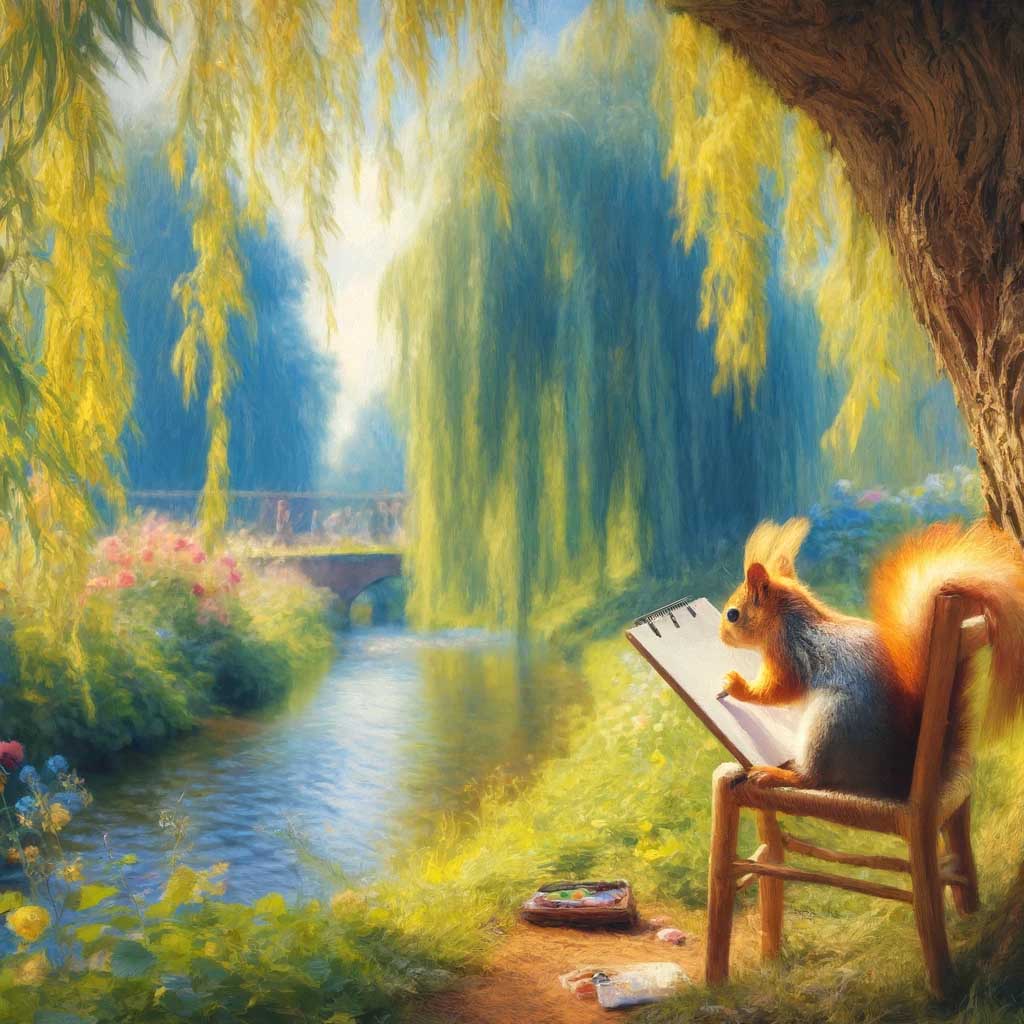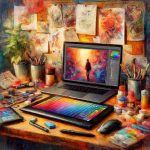
Welcome to the transformative world of digital art, where traditional sketching meets modern technology to create stunning visual pieces. In this guide, we delve into the journey that takes a simple sketch to a polished digital masterpiece. As we explore the tools and techniques essential for this creative evolution, you’ll discover how to harness the power of digital mediums to enhance your artistic expression. Whether you’re a seasoned artist or a budding enthusiast, the path from sketch to success is a rewarding adventure filled with potential.
Section 1: The Essentials of Digital Art
Digital Art is not just an art form; it’s a new frontier in creative expression that uses technology as an integral part of the creation process. This section introduces you to the basics of digital art, from understanding its history to recognizing the key tools that make digital artistry possible. We’ll explore how digital technology has opened up new possibilities for artists, transforming how we create, view, and interact with art. By the end of this section, you’ll have a solid foundation of what digital art entails and why it has become so popular.
Section 2: Setting Up Your Workspace
Creating a conducive workspace is critical to succeeding in digital art. This section covers the essential hardware and software that every digital artist needs. From choosing the right type of drawing tablet to selecting software that fits your artistic style, we provide detailed advice to set up your digital studio. We’ll discuss the advantages of various tools and offer tips on how to optimize your setup for maximum creativity and efficiency.
Subtopic: Comparing Drawing Tablets
When comparing different brands of drawing tablets, artists should consider key factors such as pressure sensitivity and screen size. The Wacom Intuos offers great sensitivity but no display, which might suit artists used to looking at a monitor rather than down at their hand. Conversely, the XP-Pen Artist 15.6 has a vivid display that can make drawing directly on the screen more intuitive for newcomers.
Section 3: Preparing Your Sketch
Transitioning your sketch from paper to digital format is a crucial step in the digital art process. Here, we outline the best practices for preparing your sketches for digital enhancement, including how to choose the right scanner and software for cleaning up your drawings. You will learn about the importance of high-quality scans and how initial edits can save you time later in the process. Techniques for adjusting contrast and clarity to ensure that your digital base is as good as your original sketch will also be discussed.
Section 4: The Digital Transformation
In this section, we walk you through the complete process of digitizing your sketch. Starting with the basics of image cleanup, we move on to more complex tasks like layer management and color application. You’ll learn how to effectively use layers to separate different elements of your drawing, which simplifies editing and enhances the overall quality of your artwork. We also cover the exciting part of adding color, including tips on choosing palettes and applying them to your work for vivid results.
Section 5: Mastering Digital Tools and Techniques
To truly excel in digital art, mastering various tools and techniques is essential. This section delves into tutorials for creating popular effects such as watercolor, oil painting, and charcoal sketches using digital tools. We discuss the benefits of vector art and provide step-by-step guides on how to achieve these styles in your digital artworks. By experimenting with these techniques, you can expand your artistic repertoire and find your unique voice in the digital realm.
Simple Digital Art Project Tutorial
- Start with a Basic Sketch: Use a light digital pencil to outline your idea. Keep this layer separate for easy adjustments later.
- Block in Basic Colors: Add a new layer beneath your sketch and use a soft, large brush to block in colors.
- Refine and Detail: Add details with smaller brushes, and use a layer above the sketch to add fine lines and texture.
- Final Touches: Use adjustment layers for final color balancing and add a signature in the corner with a custom brush.
Section 6: Sharing and Monetizing Your Digital Art
Once your artwork is complete, it’s time to share it with the world and potentially monetize your talent. This section offers practical advice on how to showcase your digital art effectively. We explore different platforms for displaying your work, from social media to professional galleries, and discuss strategies for building an impressive online portfolio. Additionally, tips on selling digital prints, securing commissions, and other monetization strategies will help you turn your passion into profit.
FAQ About Digital Art Transition
- Q: What basic software should I start with if I’m new to digital art?
- A: Beginners can benefit from starting with Adobe Photoshop due to its extensive tutorials and range of features that cater to all levels.
- Q: How do I choose the right tablet?
- A: Consider what you value more—screen size for more expansive works, or portability for on-the-go creation. Each tablet has strengths in different areas.
- Q: Are there specific scanners you recommend for artists?
- A: High-resolution scanners like the Epson Perfection series offer excellent detail capture, making them ideal for artists.
- Q: Can I make a living off digital art?
- A: Absolutely, many artists successfully sell prints, work on commission, or create digital content for clients to support their careers.
Conclusion: Your Path from Sketch Artist to Digital Master
Converting sketches to digital art is not just about using new tools, but also about embracing a new mindset and exploring endless possibilities in the art world. This journey may redefine what it means to be an artist as you merge tradition with technology. With the skills and knowledge you’ve gained from this guide, you are now ready to embark on your own digital art journey and transform your raw sketches into refined masterpieces.
Call to Action
Why not put your new skills to the test? Start by sharing your first digital masterpiece on social media using the hashtag #DigitalMasterpiece. Join the community of digital artists who are blazing this exciting trail and continue to push the boundaries of what’s possible in art. For more insights and inspiration, keep following our blog and engage with a world of creative possibilities.






